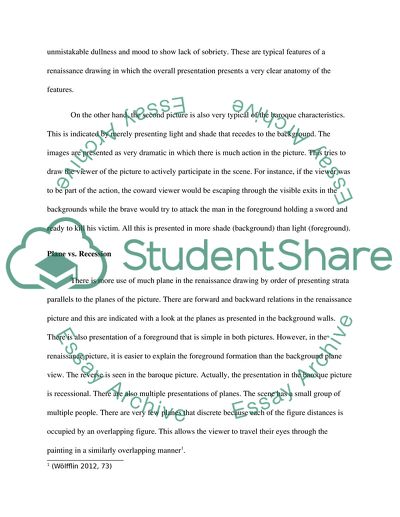Cite this document
(“Heinrich Wolfflin's book, Principles of Art History Essay”, n.d.)
Heinrich Wolfflin's book, Principles of Art History Essay. Retrieved from https://studentshare.org/visual-arts-film-studies/1686849-heinrich-wolfflins-book-principles-of-art-history
Heinrich Wolfflin's book, Principles of Art History Essay. Retrieved from https://studentshare.org/visual-arts-film-studies/1686849-heinrich-wolfflins-book-principles-of-art-history
(Heinrich Wolfflin'S Book, Principles of Art History Essay)
Heinrich Wolfflin'S Book, Principles of Art History Essay. https://studentshare.org/visual-arts-film-studies/1686849-heinrich-wolfflins-book-principles-of-art-history.
Heinrich Wolfflin'S Book, Principles of Art History Essay. https://studentshare.org/visual-arts-film-studies/1686849-heinrich-wolfflins-book-principles-of-art-history.
“Heinrich Wolfflin'S Book, Principles of Art History Essay”, n.d. https://studentshare.org/visual-arts-film-studies/1686849-heinrich-wolfflins-book-principles-of-art-history.


